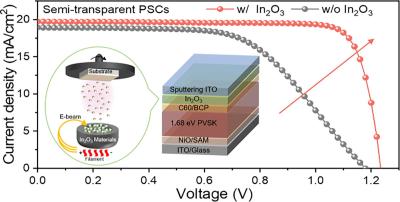Enecoat and Toyota jointly develop perovskite/silicon 4-terminal tandem solar cell with >30% efficiency
EneCoat Technologies has announced a conversion efficiency of over 30% with a 4-terminal tandem cell consisting of stacked perovskite and crystalline silicon solar cells in a joint development project with Toyota Motor Corporation.
This achievement underscores the profound research and development capabilities of both companies in the field of perovskite solar cells and accelerates the practical application of high-efficiency solar cells, which is the objective of the joint development project. In this project, the two companies focused on the transmittance of perovskite solar cells and succeeded in improving the infrared transmittance to 81%.







